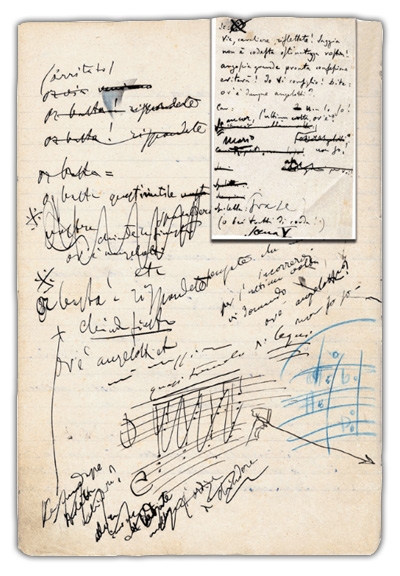Pietro Metastasio’s popular libretto L’Olimpiade publicized and transmitted a particular ideological and historicized conception of the ancient Olympic Games that would ultimately contribute to the rationalization and legitimization of Pierre de Coubertin’s idiosyncratic Olympic ideology, a philosophical religious doctrine that embraced a noble and honorable conception of sport at the same time as it served discrete class, race, and gendered ends.
The hegemony of the contemporary Olympic Games movement is grounded in part on the appropriation of the classicism and Romanticism transmitted in Metastasio’s work. In narrative, music, and production, L’Olimpiad sustained a particular image of the games, an image that nourished Coubertin’s formulation as it paved the way for further musical representations of the Games that to this day lend authority to a musically transmitted, mythologized, and Hellenized past.
This according to “Music as sport history: The special case of Pietro Metastasio’s L’Olimpiade and the story of the Olympic Games” by Jeffrey O. Seagrave, an essay included in Sporting sounds: Relationships between sport and music (Abingdon: Routledge, 2009, pp. 113–27).
The 2018 Winter Olympics opens today! Above, a production of Josef Mysliveček’s setting of Metastasio’s L’Olimpiade; below, excerpts from Pergolesi’s setting.






